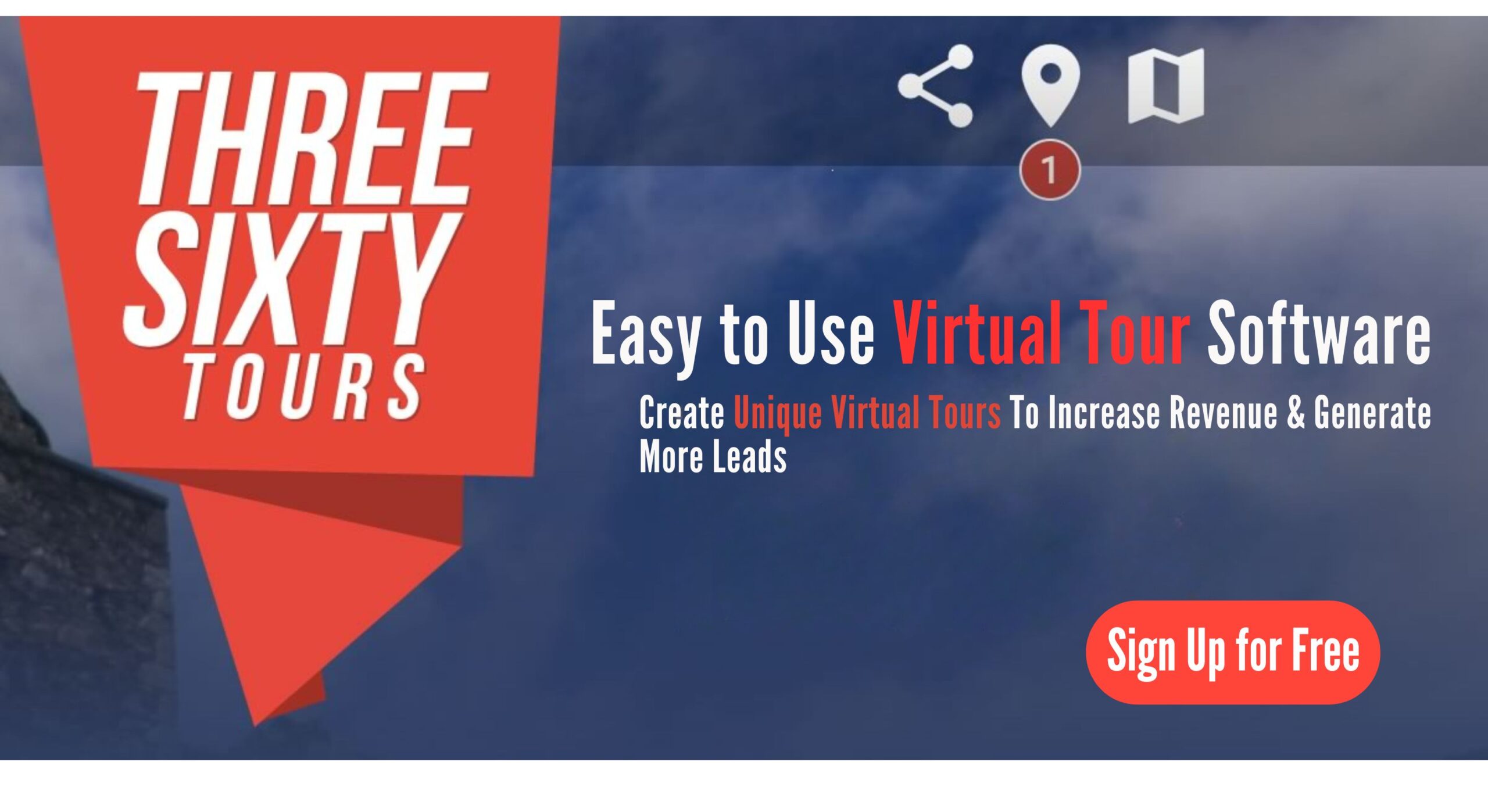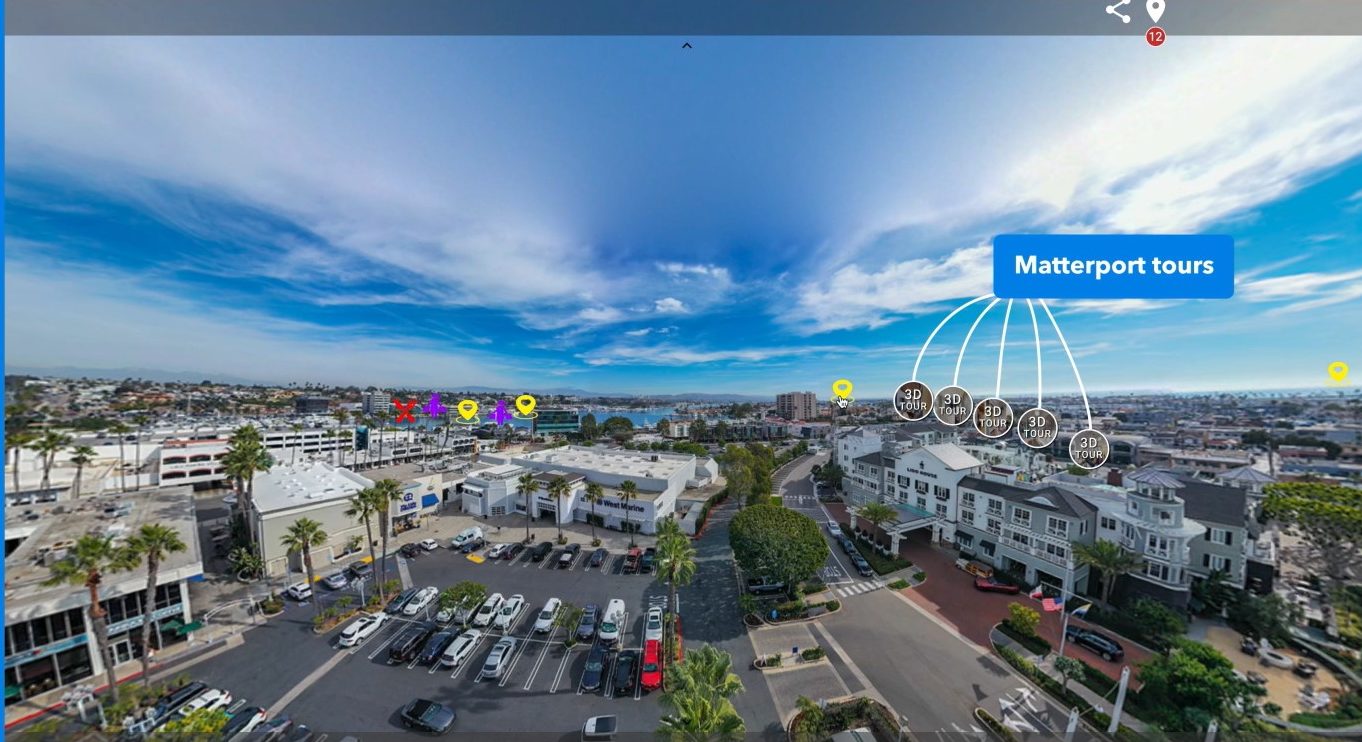real estate photography equipment
Real Estate Photography Equipment: The Complete Guide for Photographers and Agents
In today’s fast-moving real estate market, **first impressions** matter more than ever. When it comes to attracting buyers, nothing beats high-quality, eye-catching visuals. Whether you’re a seasoned real estate photographer or an agent looking to improve your listings, the right gear is essential.
From **cameras** and **lenses** to **lighting** and **editing software**, each tool plays a vital role in creating stunning photos. These images can then be used to build immersive **360-degree virtual tours** with platforms like www.threesixty.tours.
Let’s dive into the complete guide to real estate photography equipment and how it can take your listings—and virtual tours—to the next level.
I. Introduction
A. Why Real Estate Photography Matters
Most homebuyers start their search online. According to the National Association of Realtors, **97%** of buyers use the internet when looking for a home. This means your photos are often the first thing they see.
High-quality images don’t just make a listing look good—they help it stand out. **Better photos attract more clicks, more showings**, and ultimately, faster and higher offers.
With the rise of virtual tours, especially with platforms like www.threesixty.tours, the demand for **professional-grade images** is higher than ever. Crisp, well-lit photos are the foundation of great virtual experiences.
B. What This Guide Covers
This guide is for anyone serious about real estate photography—whether you’re shooting stills, creating **360-degree tours**, or both. We’ll cover the essential gear you need:
- Cameras: DSLRs vs. mirrorless
- Lenses: Wide-angle and specialty options
- Lighting: Natural and artificial solutions
- Accessories: Tripods, filters, and more
- Software: Post-processing tools
By the end, you’ll know exactly what you need to capture stunning images and create immersive virtual tours with platforms like www.threesixty.tours.
II. Camera Gear
A. DSLR vs. Mirrorless: What’s the Difference?
Your camera is your most important tool. In real estate photography, two types dominate the field: **DSLRs** and **mirrorless cameras**.
DSLRs (Digital Single-Lens Reflex) have been the go-to for years. They offer excellent image quality, manual controls, and a wide range of lenses. However, they’re bulky and heavier.
Mirrorless cameras are more compact and have fewer moving parts. They’re lighter, faster, and often include cutting-edge features like real-time previews and silent shooting. This makes them perfect for capturing quiet interiors.
Both types work well, but many professionals now prefer **mirrorless** for its portability and ease of use.
B. Best Cameras for Real Estate Photography
Choosing a camera depends on your **budget** and **experience level**. Here are some solid picks:
Entry-Level:
- Canon EOS Rebel T8i (DSLR): Affordable and beginner-friendly.
- Sony Alpha a6100 (Mirrorless): Great autofocus and compact design.
Mid-Range:
- Nikon Z5 (Mirrorless): Full-frame sensor and excellent in low light.
- Canon EOS RP (Mirrorless): Lightweight with 4K video capabilities.
Professional:
- Sony A7R IV (Mirrorless): 61MP resolution—perfect for large prints and detailed 360-degree tours.
- Canon EOS R5 (Mirrorless): 45MP with 8K video and superior dynamic range.
For creating **360-degree virtual tours** with www.threesixty.tours, high-resolution cameras like the Sony A7R IV or Canon EOS R5 are ideal. They deliver the clarity needed for immersive experiences.
When choosing a camera, also consider **dynamic range**, **low-light performance**, and **lens compatibility**. These factors greatly affect your final image quality.
III. Lenses
A. Why Lens Choice Matters
Your lens can have an even bigger impact than your camera. In real estate photography, **wide-angle lenses** are a must. They help capture the full scope of a room and make spaces look open and inviting.
Wide-angle lenses let you fit more into the frame. However, be careful—too much distortion can make rooms look unnatural. Choose lenses that balance width with realism.
B. Recommended Lenses for Real Estate
Here are some top picks based on camera compatibility:
For Full-Frame Cameras:
- Canon EF 16-35mm f/4L IS USM: Sharp with minimal distortion.
- Sony FE 16-35mm f/2.8 GM: Great in low light and high resolution.
- Nikon Z 14-30mm f/4 S: Ultra-wide and compact.
For Crop Sensor Cameras:
- Sigma 10-20mm f/3.5 EX DC HSM: Great value and wide field of view.
- Tokina AT-X 11-20mm f/2.8 PRO DX: Fast and sharp—ideal for interiors.
Tilt-Shift Options:
- Canon TS-E 17mm f/4L: Perfect for correcting vertical lines.
- Nikon PC NIKKOR 19mm f/4E ED: High-end lens for architectural shots.
Wide-angle lenses are especially important for **virtual tours**. They help create seamless panoramic images that look natural and immersive on platforms like www.threesixty.tours.
IV. Lighting Equipment
A. Why Lighting Is Critical
Lighting can make or break your photos. **Natural light** is usually best—it’s soft and flattering. However, it’s not always available or consistent.
That’s where **artificial lighting** comes in. Flash and continuous lights help you control the scene and balance exposure.
Flash lighting is more common in real estate photography. It provides powerful bursts of light that blend well with ambient light. Continuous lighting is useful for video or when you need to preview the lighting effect in real time.
B. Lighting Tools That Work
Here are some lighting tools that can improve your real estate photos:
- External Flashes:
- Godox V1: Round head for soft, even lighting.
- Canon Speedlite 600EX II-RT: Powerful and reliable.
- Nikon SB-700: Easy to use and versatile.
- Softboxes and Diffusers:
- Neewer 32” Softbox Kit: Affordable and effective.
- MagMod MagSphere: Compact and great for travel.
- Light Stands and Reflectors:
- Manfrotto 1052BAC: Durable and easy to set up.
- Neewer 5-in-1 Reflector: Helps control shadows and highlights.
Consistent lighting is especially important for **360-degree virtual tours**. Uneven lighting can cause stitching errors and break the illusion. Quality lighting gear ensures your virtual tours on www.threesixty.tours look smooth and professional.
V. Accessories and Software
A. Must-Have Accessories
Accessories help you get the most out of your gear and improve your workflow.
- Tripods and Stabilizers:
- Manfrotto MT190XPRO4: Strong and stable—great for interiors.
- Joby GorillaPod 5K: Flexible for tight or awkward spaces.
- Lens Filters:
- Circular polarizers reduce window glare and water reflections.
- Cleaning Kits:
- Giottos Rocket Blower: Removes dust without touching the lens.
- Zeiss Lens Cleaning Kit: Keeps your gear spotless.
Tripods are especially important for **HDR photography** and **360-degree images**. They help keep your shots consistent and sharp.
B. Post-Processing Software
Editing is where your photos really come to life. It’s your chance to fine-tune exposure, fix distortion, and enhance colors.
- Adobe Lightroom: The go-to for photographers. It’s user-friendly and powerful, with tools for color correction, lens adjustments, and batch editing.
- Adobe Photoshop: Great for advanced edits like object removal or blending exposures.
- HDR Software: Software like Photomatix Pro or Aurora HDR helps you merge multiple exposures for perfectly lit images.
For virtual tours with www.threesixty.tours, editing is essential. You want consistent lighting and color across all your **360-degree images**. Clean edits make your virtual tours look polished and professional.
VI. Bonus Tips for 360-Degree Virtual Tours
A. Choosing a 360 Camera
If you’re serious about virtual tours, consider adding a dedicated **360 camera** to your kit.
Popular Options:
- Ricoh Theta Z1: High-resolution and easy to use.
- Insta360 ONE X2: Affordable and great for beginners.
- GoPro MAX: Versatile for both video and stills.
These cameras simplify the process of capturing panoramic images. They’re perfect for uploading directly to platforms like www.threesixty.tours.
B. Stitching and Uploading
Once you’ve captured your **360 images**, use stitching software like **PTGui** or the camera’s built-in app to combine the shots.
Then, upload them to www.threesixty.tours. The platform makes it easy to create **interactive experiences** that let buyers explore every corner of a property.
VII. Conclusion
A. What We Covered
Real estate photography isn’t just about snapping pictures—it’s about telling a story. The right equipment helps you create that story in vivid detail.
Here’s a quick recap:
- Cameras: Choose DSLR or mirrorless based on your needs.
- Lenses: Wide-angle is a must; tilt-shift adds precision.
- Lighting: Use both natural and artificial light for best results.
- Accessories: Tripods, filters, and cleaning kits are essential.
- Software: Editing tools polish your images and prep them for virtual tours.
B. Final Thoughts
Investing in quality gear pays off. Better photos mean better listings, more engagement, and faster sales.
And when you combine **professional photography** with **360-degree virtual tours** on platforms like www.threesixty.tours, you give buyers an experience they won’t forget.
Whether you’re an agent looking to stand out or a photographer building your brand, the right tools make all the difference. Take the time to invest wisely—and watch your listings come to life.
Ready to elevate your virtual tours? Start creating stunning **360-degree experiences** today with www.threesixty.tours.


